Strange Woods Podcast > Episode > Episode 14 – It’s ALIVE! The Reanimation Episode
Episode 14 – It’s ALIVE! The Reanimation Episode
Hey, there, Strange Woods Walkers! Welcome to the episode on the reanimation-ation-ation-ation!
That's an echo for spooky effect.
In this episode, we talk about the literature, pop culture, and lore of it all and of course, THE SCIENCE! Is it possible? Could scientists really make a freakin Frankenstein some day?? Come on in and let's get electrified!
Heehee.
STOP! INSIDE JOKES AHEAD! If you haven’t gotten to listen to the episode yet, spoiler alert! This post contains lots of stuff that will make waaay more sense if you listen to the episode before or while reading. So if you haven’t already, pump the brakes and listen to the episode or just click above to play so that you can be in on all the shenanigans to follow!
HEY YOU! YEAH YOU! We need some listener mail so if you have an experience you’d like to share, please email us at st*****************@gm***.com. You can share your story as a typed email or use the voice memo app on your phone. Or you can even send us a video if you want.
If you’d like to be featured as a guest on the show, drop us an email and we will contact you about setting up a future date to record an interview.
Join our Discord: https://discord.gg/EQU8jVSH5G
Produced by Peter Woodward
LISTENER STORY ALERT!!
We had a listener email from Sandy regarding a very unique experience after the tragic loss of her mother.
Stories like these give evidence that our loved ones are never truly lost to us.
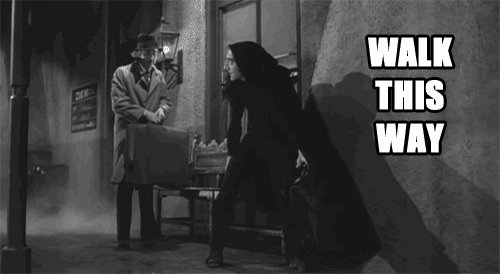
What in the name of Frankenstein is REANIMATION?
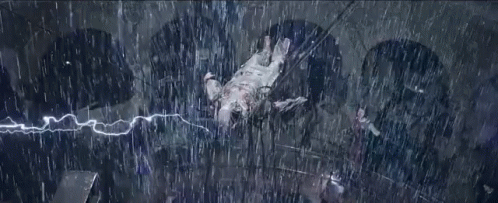
Reanimation of dead tissue has been a creepy dream of scientists for hundreds of years. There is something fascinating about the idea of bringing back to life what once was dead, and it has been a topic of intrigue, discussion, and experimentation that continues today.
So what immediately comes to mind when we talk about reanimation? Well, Frankenstein, of course!
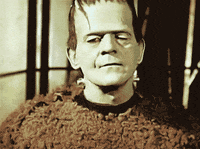
The man, the myth, the legend. Frankenstein’s monster. The original Mr. PotatoHead. A big ol’ mix of dead parts assembled together and shocked with lightning to create a living man.
This story was written by Mary Wollstonecraft Shelley in 1818 in Frankenstein or The Modern Prometheus. Her inspiration came from a discussion with her fellow literary acquaintances about the works of scientists called ‘vitalists’ that attempted to revive the dead. A challenge was issued among the group to write the scariest story, and BOOM…a classic was born.
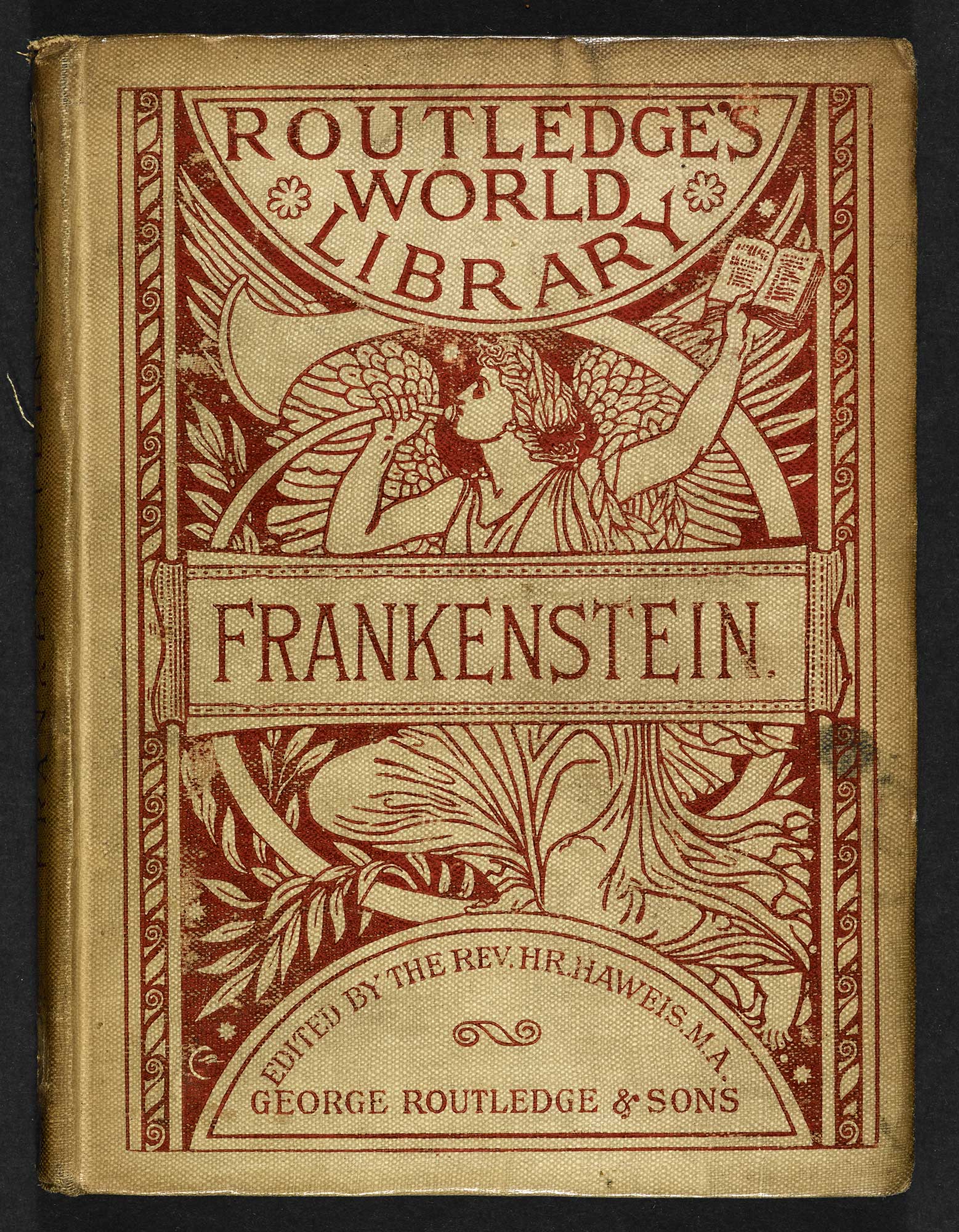
Since this book came out, Frankenstein has lived rent-free in popular culture. Art, books, movies, comics, video games, graphic novels, etc in various interpretations: you name it.
There’s nobody who doesn’t know about Frankenstein.
But what’s behind the famous monster? Does any science exist that could actually do what Dr. Victor Frankenstein attempted? Let’s take a look.
Some Sketchy Science

Luigi Galvani was an Italian ‘vitalist’ scientist who believed that what separated living things from non-living things was the presence of the “vital spark”, something akin to the soul, and that vital spark was linked to electricity. He attempted to demonstrate this–referred to later as “animal electricity”–by connecting animals to…electricity. The resulting muscle contractions seemed to illustrate his point. We now know that applying electric current to muscle fibers will cause the muscles to twitch, not come back to life; but in Galvani’s time, they were freaking out over that. His frog leg demonstration was legendary!
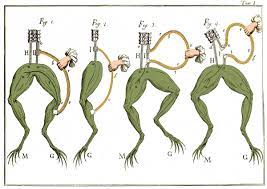
His nephew, Giovanni Aldini, followed in his uncle’s footsteps with experiments of his own, but more extreme. His use of animal electricity was a popular parlor show. He would connect headless kittens to power and make them hop around; he would make the mouth and eyes move on an ox head. He even went so far as to electrify the body of a freshly executed criminal named George Forster, causing him to open an eye, flex leg muscles, clench a hand, and contort his face. Yeah, that’s some pretty sicko stuff.
We mentioned a TikTok that talks a bit about these guys and the science: Today I Learned – Science or @tilscience. Check her out!
Over in the States...
We referenced a law in 1793 Charleston, SC that cropped up in the midst of all this excitement over restoring life to the dead. It was a mandate that bar room and pub proprietors were required to assist physicians in attempts to revive/resuscitate “apparently dead persons” at or near their establishments. They believed these people to be in a state of “suspended animation” that could be reversed with very specific interventions:
1. Vigorously rub the skin down, usually with alcohol and flannel cloths.
2. Warm the body up with blankets, other human body heat lying with them, or a warming apparatus that was built especially for this purpose.
3. Inflating the organs. This included inflating the lungs by putting a small bellows in the person’s mouth or nostril and pumping in air, as well as inflating the intestines by means of a tobacco smoke enema.
4. Adding electrical current to them through electrodes and batteries.
YIKES.
For every successful attempt, the first four responders were paid a sort of reward of 4 pounds sterling. Unsuccessful attempts were still rewarded with 2 pounds sterling.
So did it work? Sadly, we don’t know. All the records that were kept of this project were lost at the end of the Civil War. Bummer. Haha. Bum-mer. Bum. Like butt. Like where the enema goes. 😀
Some Actual Science
So is it possible to reanimate a whole human corpse? In a word, no. Not at this time. Why not? On a very basic level, the problem is cell death. Each human cell has a cell membrane: the outer layer that keeps the necessary stuff in and the unnecessary stuff out. Once this cell membrane is destroyed, the cell cannot be restored and is, in effect, dead.
Once oxygen and blood stop flowing to vital organs, a cascade of processes begin that initiates cell death in the body. And once this occurs, as Peter said, you can’t put Humpty Dumpty back together again.
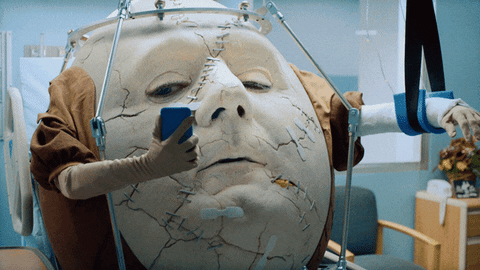
The Healing Power of Cold
So that’s it? Nothing can be done?
Not necessarily.
If somehow intervention occurs before the destruction of cells, sometimes the cell damage can be reversed and function can be restored.
This is the aim of things like Therapeutic Hypothermia (TH) in hospitals. TH is initiated on post-cardiac arrest patients (people whose hearts stopped and have restarted through CPR, cardiac drugs, etc.) to facilitate the slowing of processes that cause injury to cells and could result in cell death. The patient is cooled to around 33 degrees Celsius using cold intravenous fluids or ice packs.
Instances of the effectiveness of cold in staving off cell death outside of the hospital setting include the story Peter and Jonathan talked about. A Swedish skier named Anna Bagenholm essentially died in 1999 when she crashed through ice into a river where she remained for an extended period of time until her heart stopped beating. After being cut out of the ice by rescuers, CPR was administered and she was warmed. Her first heartbeat was recorded almost 4 hours after her fall, and she made a full recovery. Amazing!

Another instance of revival after cold therapy is the rat experiment that Jonathan discussed. TRIGGER WARNING: SOME 1955 ANIMAL CRUELTY COMING UP. This was an experiment in 1955 in which rats were placed in jars and smothered until their hearts stopped. They were then refrigerated and covered with ice. They were cooled to between 0-1 degrees Celsius because at temperatures lower than 15 degrees Celsius, reviving by spontaneous warmth is no longer possible; so they wanted to make sure if the rats came back, it wasn’t just a fluke. Using microwaves, they were able to revive them.
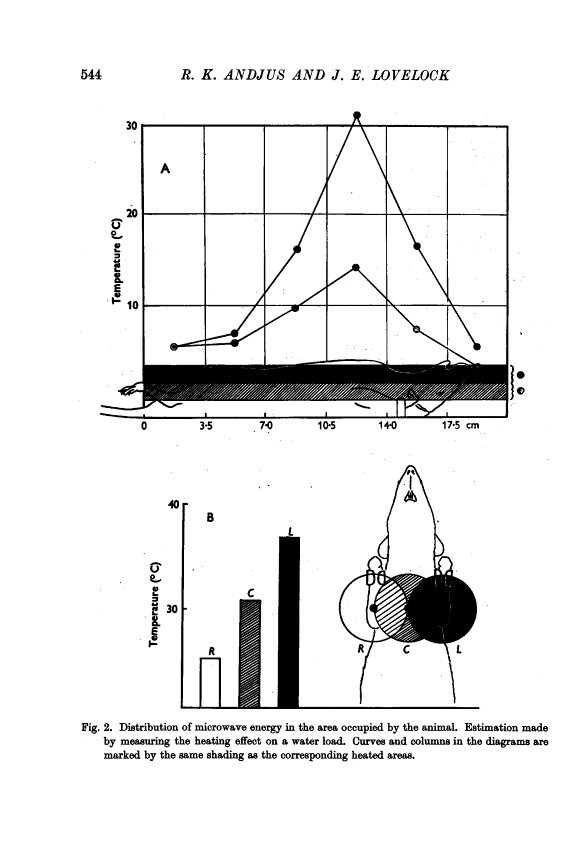
But cold alone cannot solve the reanimation problem. While it’s a good temporary intervention to slow things down, eventually the cold will begin to damage the cells and result in cell destruction and cell death. Think freezer burn.
Another avenue for stopping biological processes of cell destruction is, of course, cryopreservation.
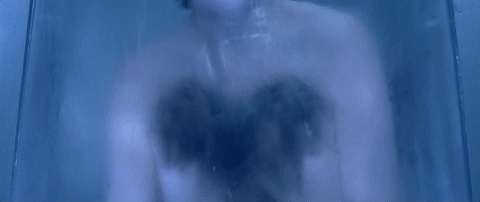
Where are we currently with reanimation?
Some of the most exciting work on reanimation has surfaced over the last five years, most recently in 2022. Scientists at Yale were able to reanimate pigs after they’d been dead for an hour! They induced heart attacks in anesthetized pigs and after an hour they were cooled and given neural inhibitors (this is for human reasons so that the pigs would be in a sort of medically-induced coma if reviving them was successful). They were then hooked to a system called OrganEx (system of 13 drugs mixed with blood and pumped into the animals’ cardiovascular systems). The scientists found they were able to restore circulation to vital organs AND stop the progress of some cell damage and reverse it, thereby preventing cell destruction!
What’s super cool about this is that it could do wonders for prolonging the time to get organ transplants to recipients. As anyone who is familiar with transplantation knows, when you are up for an organ, you have to be ready at the drop of a hat to be at the hospital when they call you. Time is the biggest factor in an organ remaining viable for transplant. This new technology could make organs more available, able to travel to recipients who are farther away, help them to remain viable for longer, etc. Pretty rad.
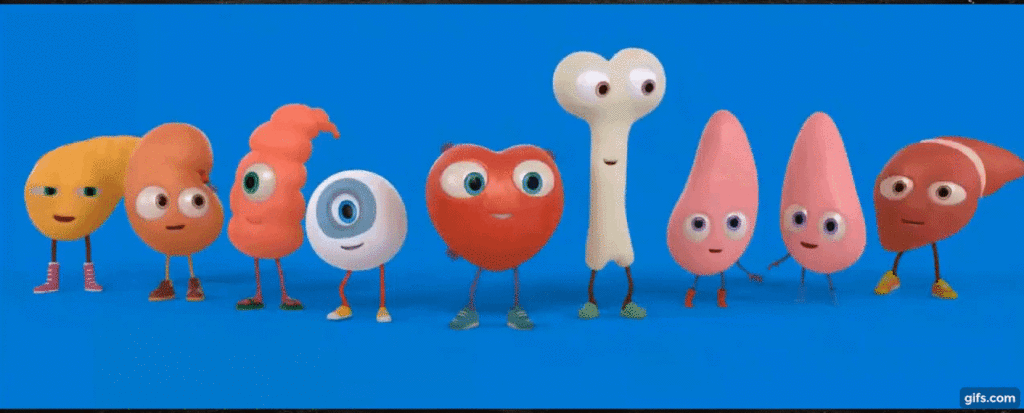
The Moral/Ethical Gray Area
As always the question with scientific progress is “How far is too far?” Does this cross a line? If cells that we previously thought were past the point of no return are salvageable, what does that mean going forward? Does this redefine the clinical definition of death? As Jonathan asked “Are we playing God?”
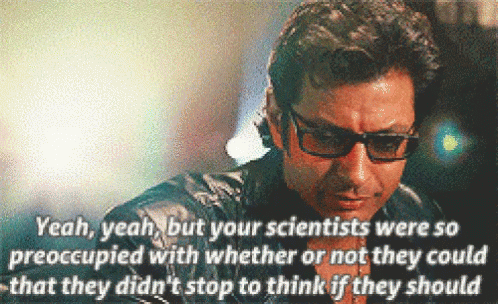
Moral and ethical questions are indeed brought up with this topic. It seems, for the time being, we will just have to wait to cross those proverbial bridges when we come to them.
Still, the possibilities for the future are exciting…
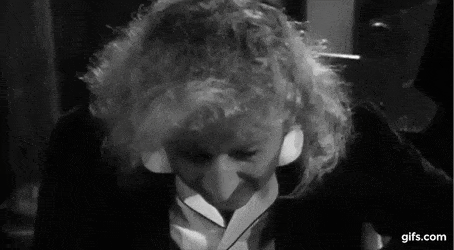
Some other stuff we discussed...
Can alcohol prevent you from freezing to death?
Nope. Even though you get the sensation of being warm, alcohol actually lowers your core body temperature by bringing all your warm blood to the skin’s surface instead of your vital organs. Being drunk actually makes hypothermia more likely. Oh well.
Plastinated Peeps
Body Worlds is a one-of-a-kind exhibit and educational experience that features actual human and animal bodies that have undergone a process called plastination. This essentially forces a polymer into every cell of the body, preserving and allowing for anatomical positioning.
Disney's Frozen...
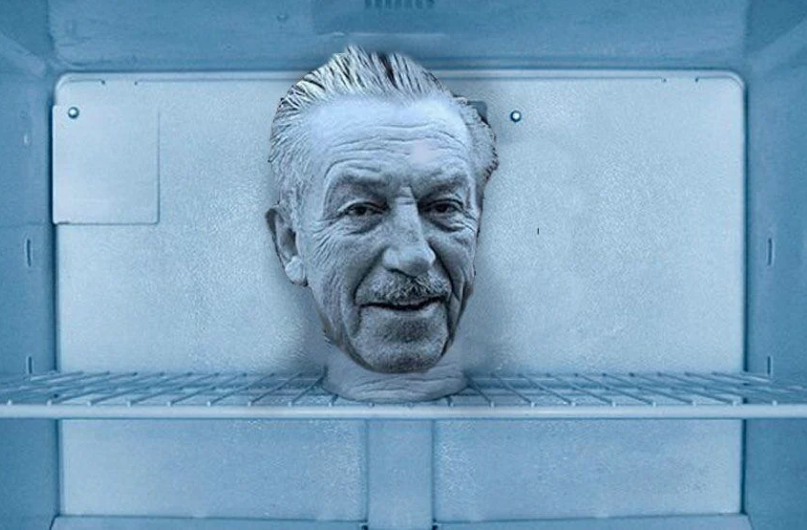
The conspiracy theory exists that Walt Disney’s head is cryogenically frozen and in storage beneath the Pirates of the Caribbean ride in Disneyland. This was sparked by the man’s known love for technology and progress, and he was reported to have expressed an interest in being frozen after death. However, his family has confirmed that he was cremated. But is that just what they want you to think? Hmm…
Colloquialism
There you go.
Public Service Announcement...
IF YOU HAVE NOT SEEN MEL BROOKS' YOUNG FRANKENSTEIN, STOP IMMEDIATELY AND GO WATCH IT.
As of this moment, it is available for streaming on Hulu, Amazon Prime, HBO Max, and The Roku Channel. GO WATCH IT!
And the cryptids are multiplying!

We are so excited for Jonathan and Hannah who are now expecting TWINS! Congratulations, guys! So incredible! <3
There you have it! Thanks so much for joining us again. We love you guys and we’re so grateful and humbled. We’ll catch you on the next one. Until then, keep it funky like Frankenstein here and stay strange!
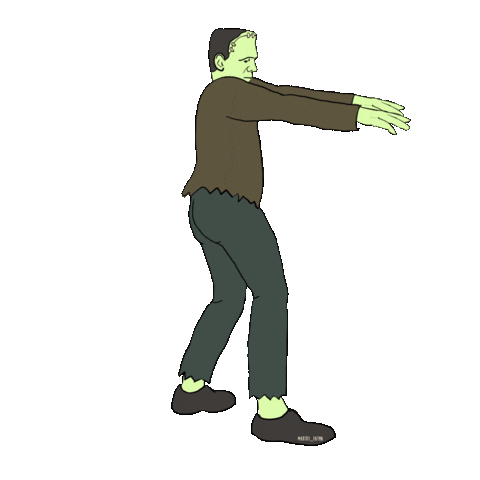
References, articles, and sources:
Tags: Aldini, blow smoke up, cryopreservation, frankenstein, Galvani, mary shelly, organic, plastination, reanimation, therapeutic hypothermia, tobacco smoke enema, zombie
One Reply to “Episode 14 – It’s ALIVE! The Reanimation Episode”
Leave a Reply Cancel reply
Recent Posts
- Minisode 19 – The Squonk 2024-09-05
- Minisode 18 – What’s In the Walls? 2024-07-26
- Minisode 17 – Instant Karma: Schadenfreude Edition 2024-07-11
- Minisode 16 – Welcome to the Woodbooger 2024-06-28
- Minisode 15 – GWIH: Memento Mori 2024-06-07


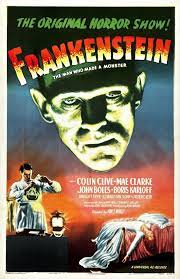

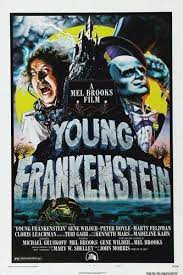
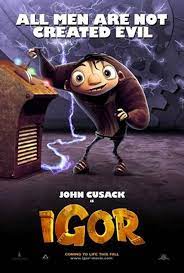



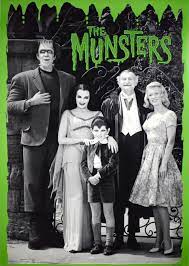

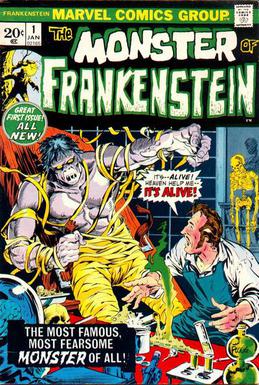
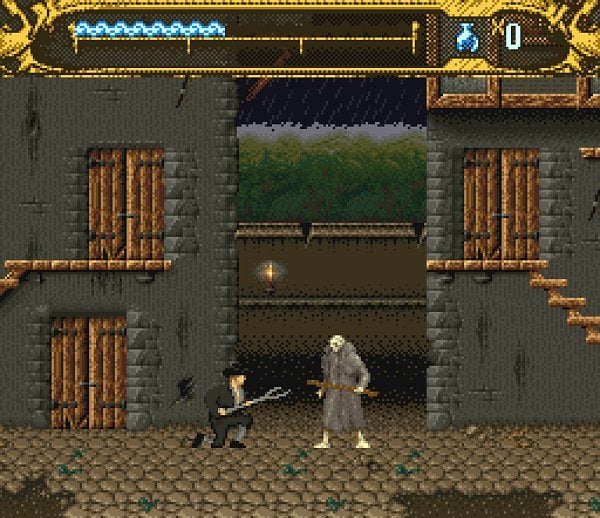
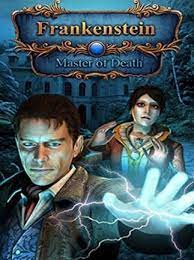

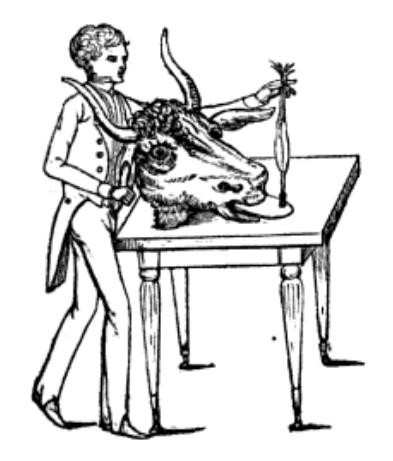
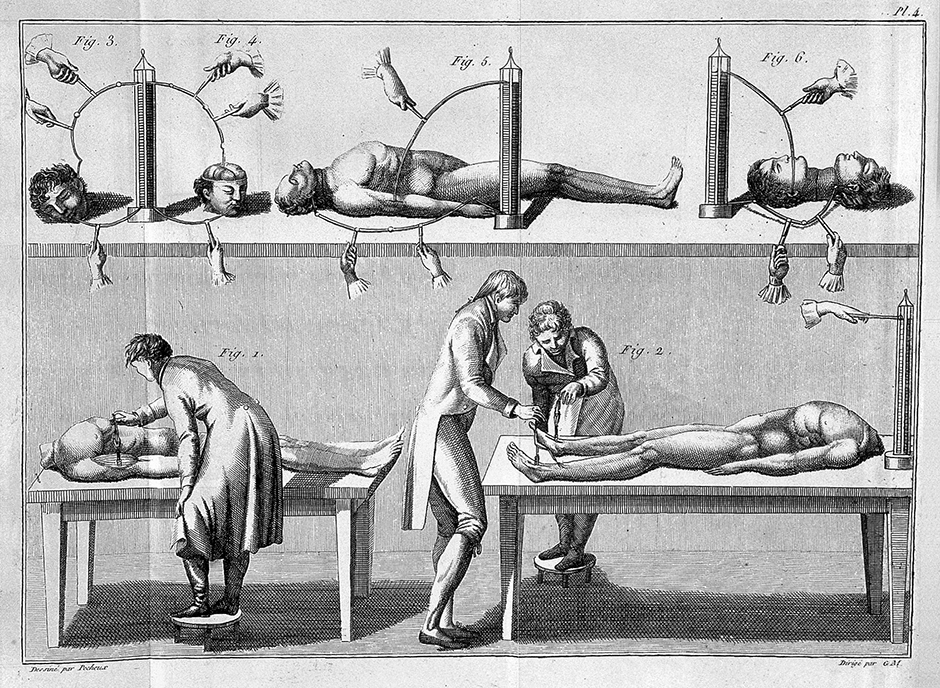

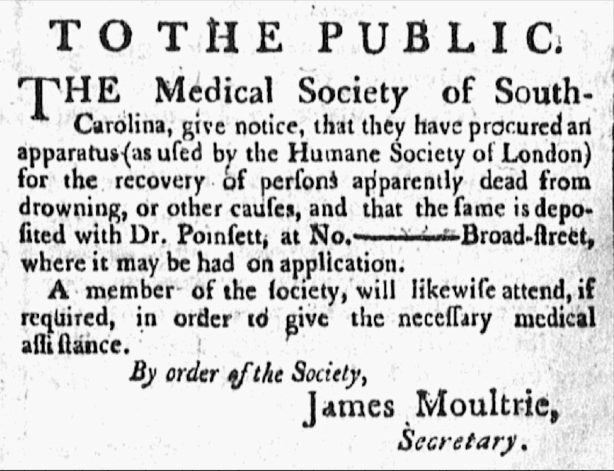
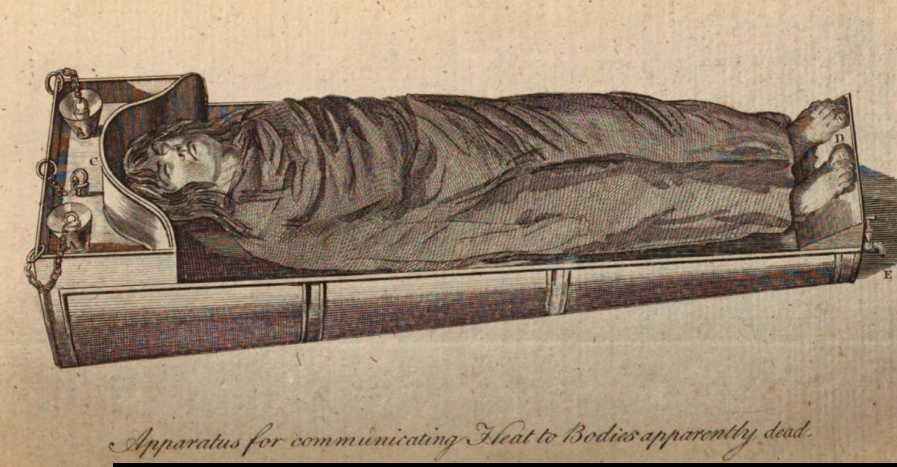
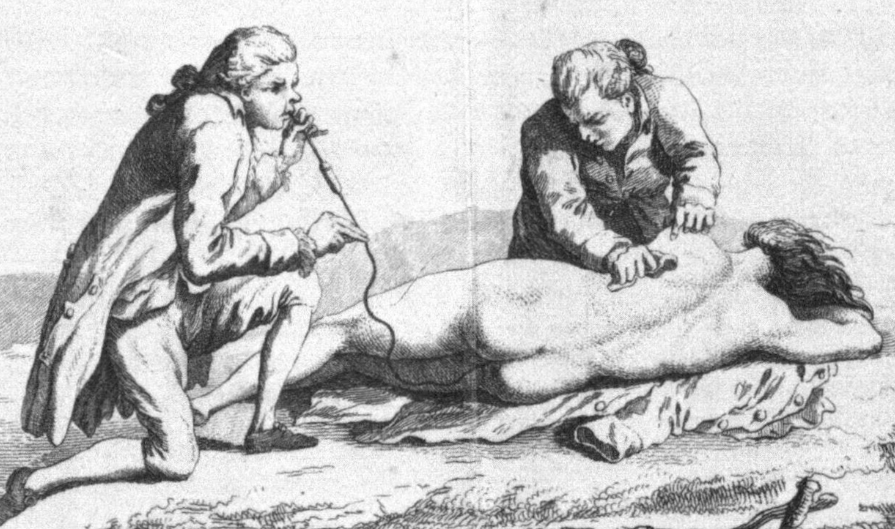
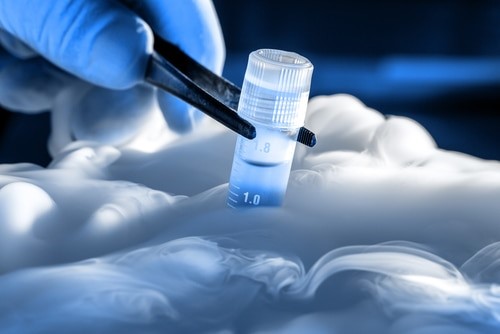
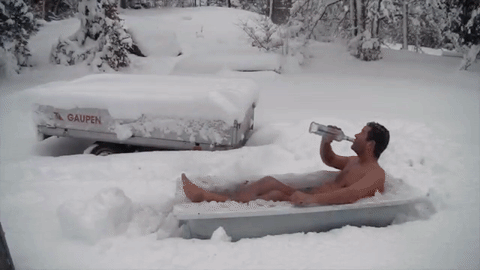
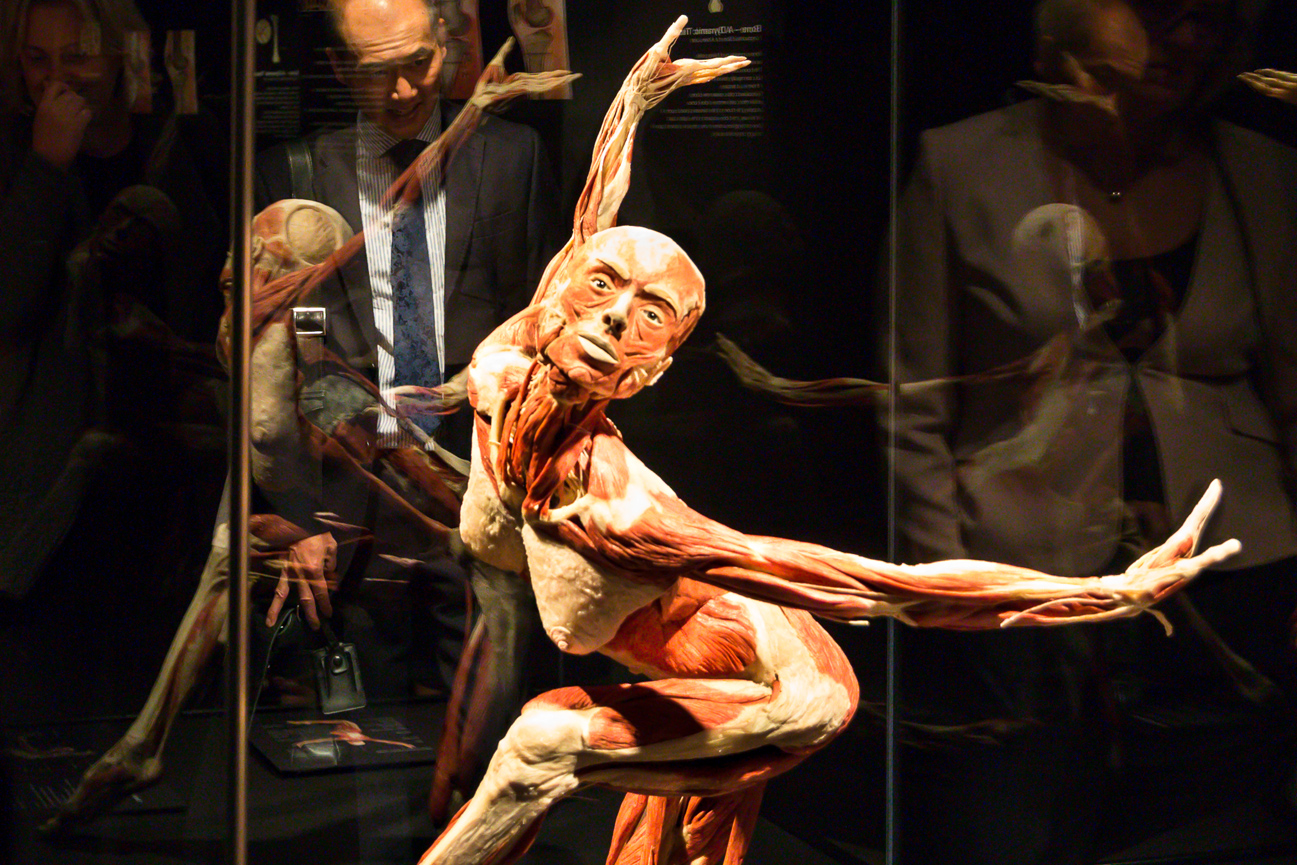
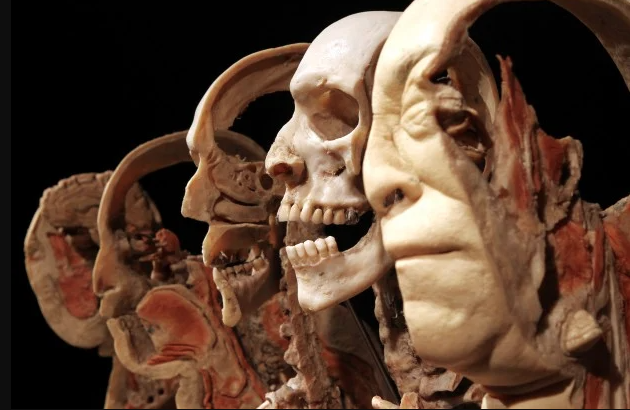
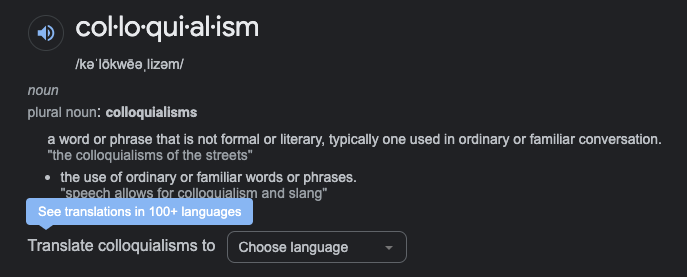
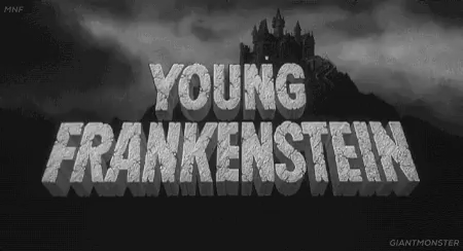
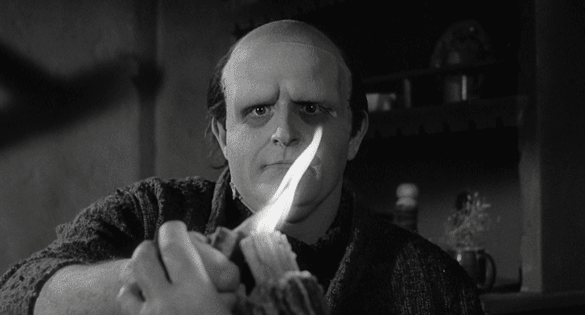
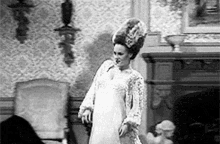
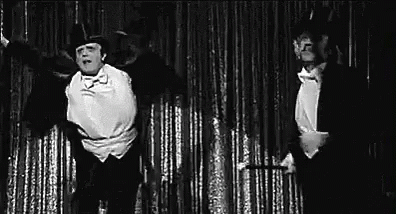
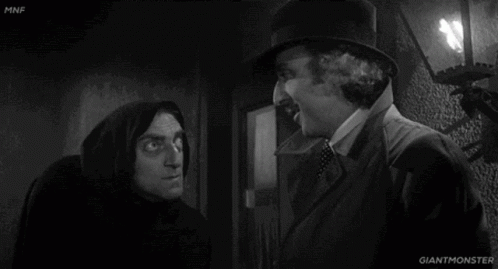

We are a bunch of volunteers and starting a new scheme in our
community. Your website provided us with helpful information to work on. You’ve performed a
formidable job and our entire community will
be thankful to you.